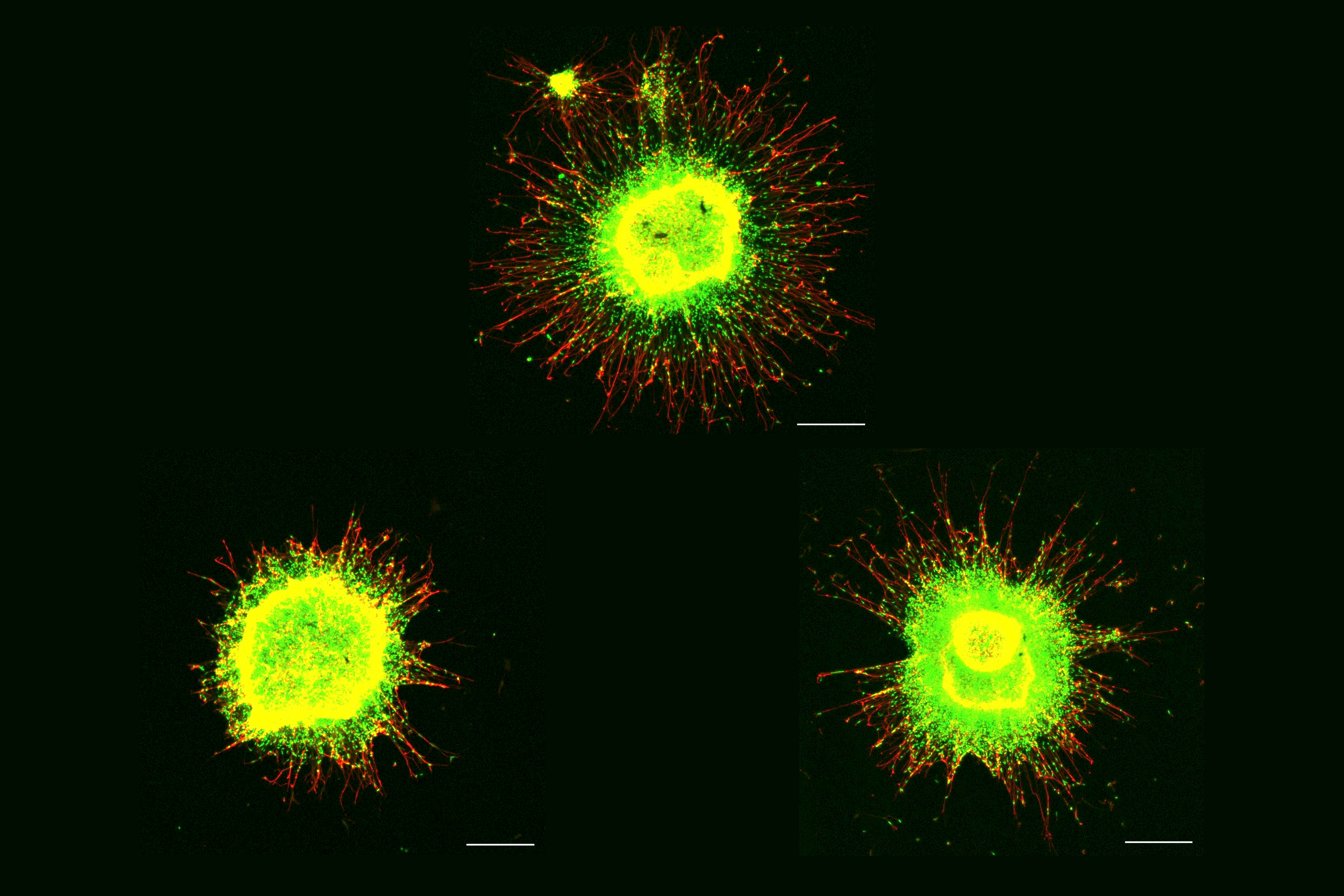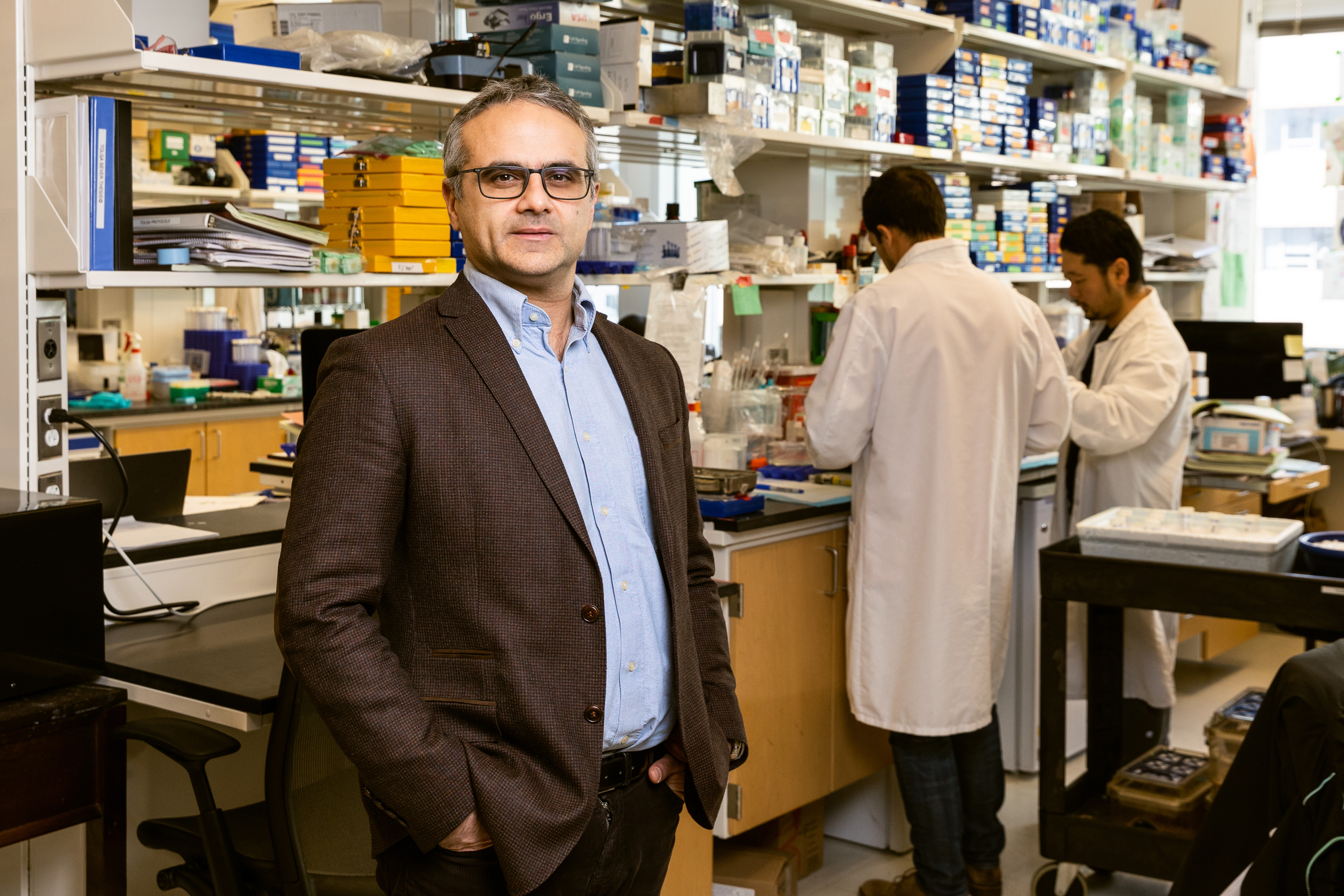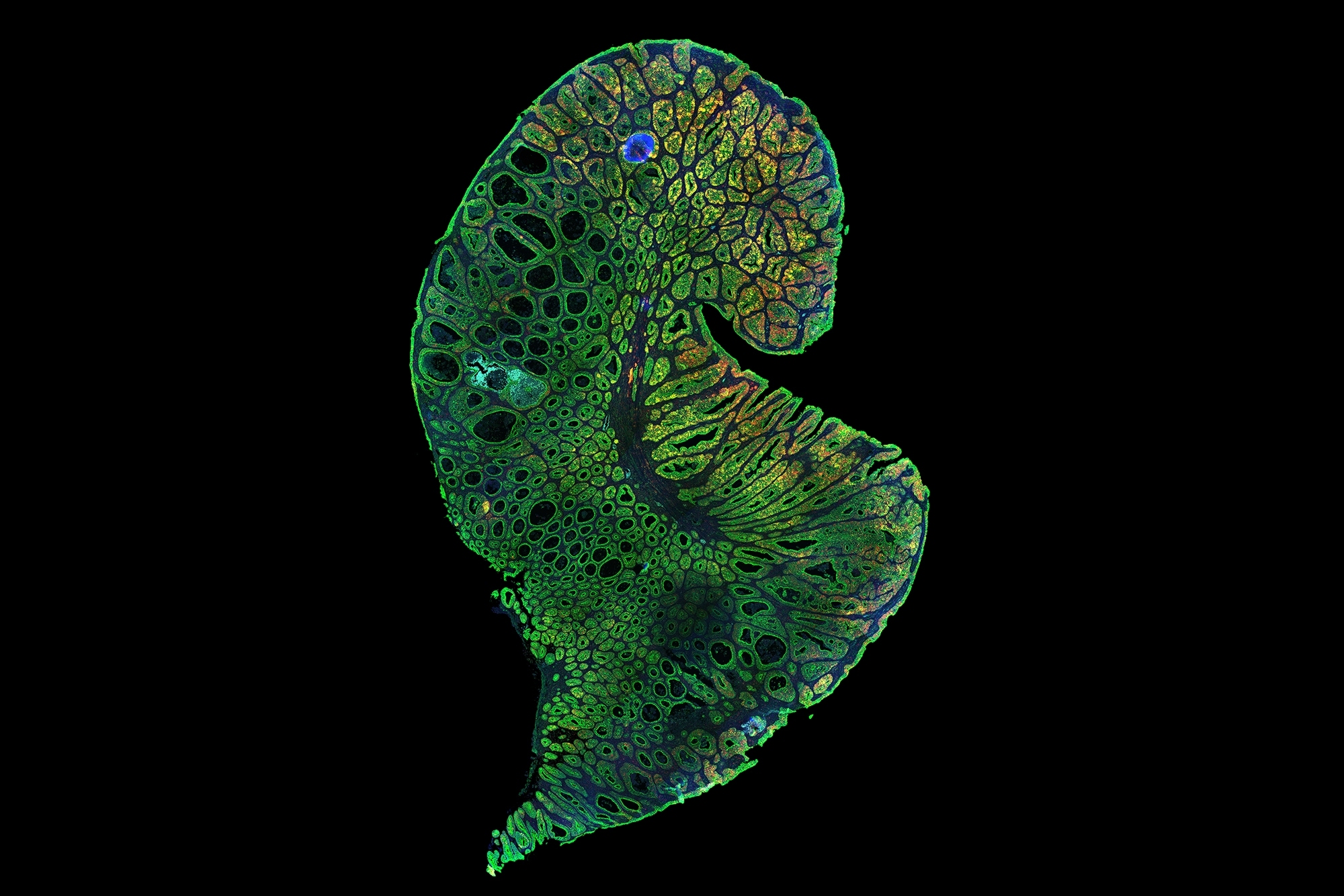Outcomes and Long-Term Survival of Adolescent and Young Adult Patients Admitted to the Intensive Care Unit Following Allogeneic Hematopoietic Stem Cell Transplantation: A Single-Centre Experience of 152 Patients
Objective: Prognostic factors reliably predicting outcomes for critically ill adolescent and young adult (AYA) patients undergoing allogeneic hematopoietic cell transplantation (allo-HSCT) are lacking. We assessed transplant and intensive care unit (ICU)-related factors impacting patient outcomes. Design: Retrospective review Setting: Tertiary care Centre, during the period of 2003-2013 Patients: AYA patients who underwent allo-HSCT and required ICU admission. Interventions: This was a non-interventional study. Only outcomes after first allo-HSCT and index ICU admissions were analyzed. Disease-, transplant-, and ICU-related variables were analyzed to identify risk factors predictive of survival. Measurements and Main Results: Overall, 152 patients were included (males, 60.5%); median age at transplantation was 24 years (IQR 18-32.5); median age at admission to the ICU was 25.8 years (IQR 19-34). Eighty-four percent underwent transplantation for a hematological malignancy; 129 (85%) rec
Objective: Prognostic factors reliably predicting outcomes for critically ill adolescent and young adult (AYA) patients undergoing allogeneic hematopoietic cell transplantation (allo-HSCT) are lacking. We assessed transplant and intensive care unit (ICU)-related factors impacting patient outcomes. Design: Retrospective review Setting: Tertiary care Centre, during the period of 2003-2013 Patients: AYA patients who underwent allo-HSCT and required ICU admission. Interventions: This was a non-interventional study. Only outcomes after first allo-HSCT and index ICU admissions were analyzed. Disease-, transplant-, and ICU-related variables were analyzed to identify risk factors predictive of survival. Measurements and Main Results: Overall, 152 patients were included (males, 60.5%); median age at transplantation was 24 years (IQR 18-32.5); median age at admission to the ICU was 25.8 years (IQR 19-34). Eighty-four percent underwent transplantation for a hematological malignancy; 129 (85%) received myeloablative conditioning. Seventy-one percent of ICU admissions occurred within the first year after allo-HSCT. ICU admission was primarily due to respiratory failure (47.3%) and sepsis (43.4%). One hundred three patients (68%) died within 28 days of ICU admission. The 1-year and 5-year overall survival (OS) rates were 19% and 17%, respectively. Main causes for ICU-related death were refractory septic shock with multiorgan failure (n=49, 32%) and acute respiratory distress syndrome (ARDS) (n=39, 26%). Univariate analysis showed that ICU mortality was associated with an Acute Physiology and Chronic Health Evaluation (APACHE) II score > 20, a sequential organ failure assessment (SOFA score) > 12, a high lactate level, anemia, thrombocytopenia, leukopenia, hyperbilirubinemia, a high international normalized ratio (INR) and acute GVHD. Multivariate analysis identified thrombocytopenia, high INR, and acute GVHD as independent predictors of mortality. Conclusions: In AYA allo-HSCT patients admitted to the ICU, mortality remains high. Higher SOFA and APACHE scores, need for organ support, thrombocytopenia, coagulopathy, and acute GVHD predict poor outcomes.
What's Your Reaction?















